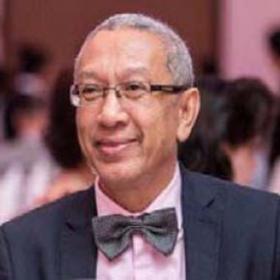
Cobalt Diplomacy In Cambodia
Medical diplomacy – ‘the winning of hearts and minds of the people by exploiting medical care, expertise, and personnel to help those who need it most’ (Thompson 2005, 3) – both produces positive health outcomes in the recipient country and helps the donor country to build symbolic capital and prestige, while simultaneously improving relations between the two countries (Feinsilver 2010, 86). Governments are not the only actors to engage in medical diplomacy in global health settings. Since the end of World War II, a myriad of new actors with various agendas have stepped into this emerging field of diplomacy, including multinational corporations selling medical equipment, philanthropic organizations, and nongovernmental organizations (NGOs) (Adams et al. 2008). During my tenure as director of the Division of Human Health at the International Atomic Energy Agency (IAEA) in Vienna, my team and I published a paper on global health diplomacy that reviewed the agency’s program activities in human health, which focus on radiation medicine and cancer, and on the peaceful applications of atomic energy within the context of global health diplomacy (Deatsch-Kratochvil et al. 2013). The idea of reflecting on the role of cobalt radiotherapy machines in medical diplomacy was born from that seminal paper, leading to the title chosen for this current essay.
Read the full article here in Medicine Anthropology Theory.
Image: "very klang" (CC BY-NC-ND 2.0) by aarongilson

